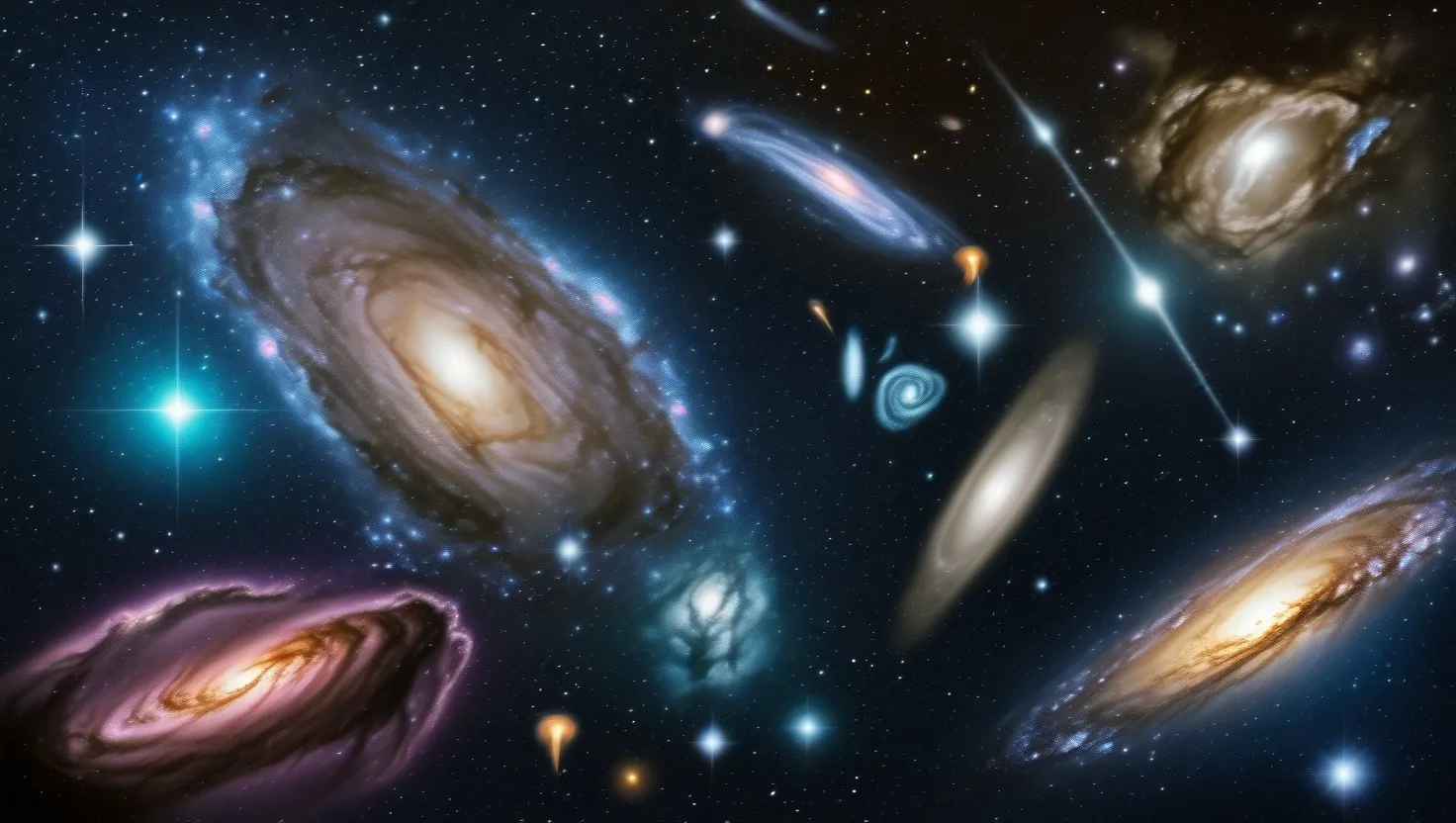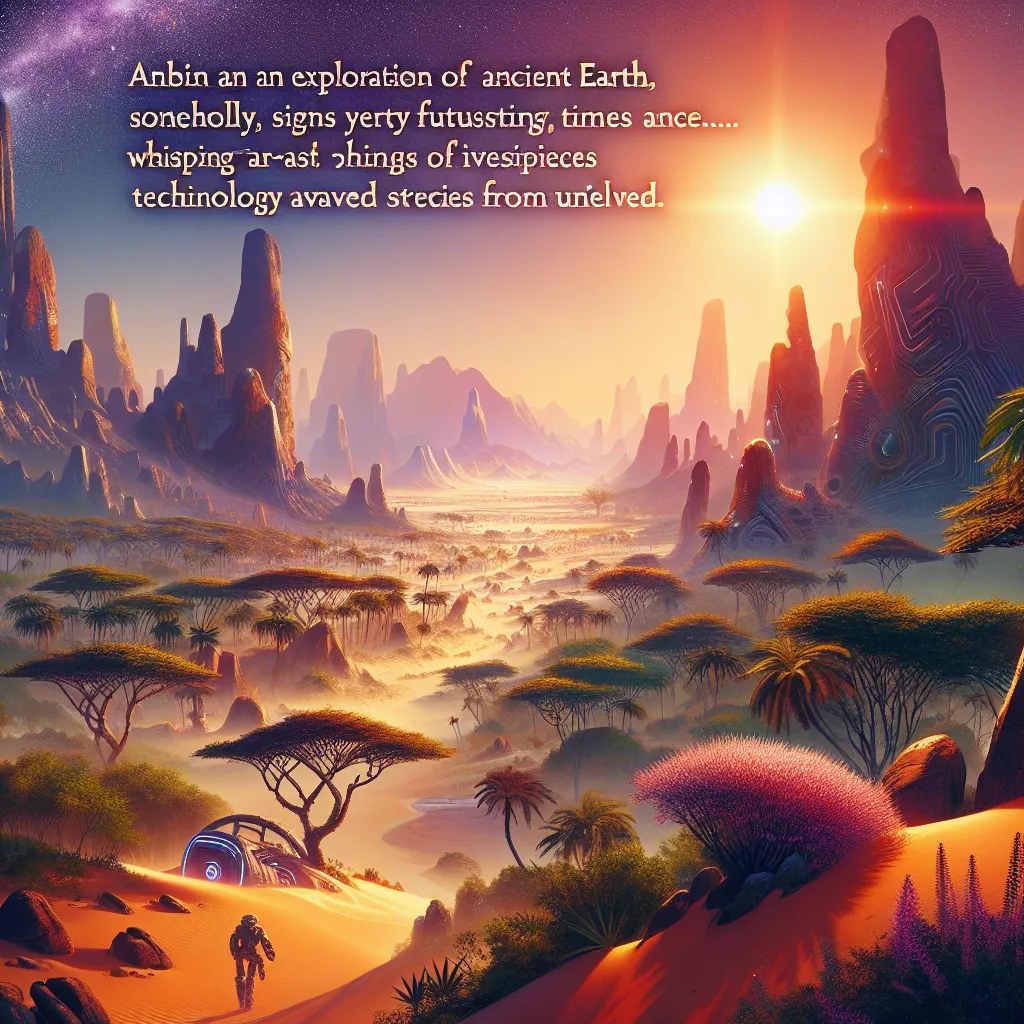As we gaze up at the star-studded sky, it’s hard not to feel a sense of awe and curiosity about the vast expanse of the universe. Despite the significant advancements in astronomy and physics, there are still several cosmic enigmas that continue to baffle scientists and challenge our understanding of the cosmos.
One of the most intriguing and elusive mysteries is that of dark matter. This invisible entity makes up a staggering 84% of the universe’s matter, yet its nature remains a profound enigma. We know it exists because of its gravitational interactions – galaxies rotate at speeds that cannot be explained by the visible matter alone, and the formation of large cosmic structures like galaxy clusters and superclusters would be impossible without it. However, despite its overwhelming presence, dark matter does not interact with light, making it invisible to our telescopes.
The search for dark matter has led scientists to propose various theories, including the existence of a hypothetical particle known as the dark photon. This particle could potentially serve as a bridge between the dark sector and our visible world, offering a glimpse into the hidden universe. However, the quest is far from over. Recent studies have shown that even dwarf galaxies, once considered promising candidates for detecting dark matter, are sending weaker signals than previously thought. This has forced researchers to revise their strategies and explore new avenues in the hunt for this elusive substance.
Another cosmic puzzle that has garnered significant attention is the origin of fast radio bursts (FRBs). These brief, intense pulses of radio energy have been detected coming from distant galaxies, but the mechanisms behind them are still shrouded in mystery. Some theories suggest that FRBs could be the result of cataclysmic events such as supernovae or the collapse of massive stars, while others propose that they might be evidence of advanced extraterrestrial technology. The truth, however, remains elusive, and scientists continue to monitor the skies for more clues.
In the realm of gravitational mysteries, there is the enigmatic force known as The Great Attractor. Located in the Zone of Avoidance, a region obscured by our own galaxy and cosmic dust, this colossal gravitational anomaly is pulling hundreds of galaxies towards it at an astonishing speed of 600 km/s. The discovery of The Great Attractor has posed a significant challenge to scientists, who are struggling to understand the nature of this unseen force. While it does not threaten our immediate existence – the expanding universe will eventually override its influence – it highlights the complex and often hidden dynamics at play in the cosmos.
The Fermi Paradox is another perplexing issue that has sparked intense debate and speculation. Given the vast number of potentially habitable planets in the universe, one would expect to see some sign of extraterrestrial life. Yet, despite decades of searching, we have found nothing conclusive. This paradox raises fundamental questions about the likelihood of intelligent life elsewhere in the universe and whether we are truly alone. Some theories suggest that advanced civilizations may be avoiding contact, while others propose that the conditions for life might be far more rare than we think. The search continues, with scientists using a variety of methods from radio telescopes to the study of exoplanet atmospheres, but the silence remains deafening.
Lastly, there is the mystery of dark energy, a force that is driving the accelerating expansion of the universe. Discovered through observations of distant supernovae and the cosmic microwave background radiation, dark energy is thought to make up about 68% of the universe’s total energy density. However, its nature is completely unknown. Is it a property of space itself, a manifestation of some new physics beyond our current understanding, or simply an error in our current models? The implications are profound, as understanding dark energy could reveal fundamental insights into the universe’s structure and evolution.
These cosmic enigmas not only challenge our current understanding but also inspire new generations of scientists and theorists. They remind us of the vast and unexplored territories of the universe, urging us to continue our quest for knowledge and to push the boundaries of what we thought was possible.
As we delve deeper into these mysteries, we are forced to confront the limitations of our current knowledge and the complexity of the universe. The search for answers is a journey that requires patience, creativity, and a willingness to challenge established theories. It is through this relentless pursuit of understanding that we may one day uncover the secrets that lie hidden in the cosmos, and in doing so, we may find ourselves at the threshold of a new era in astronomical discovery.
In the end, these unresolved cosmic enigmas serve as a reminder of the awe-inspiring complexity of the universe and the boundless curiosity that drives human inquiry. As we continue to explore and study these phenomena, we are not just seeking answers; we are expanding our understanding of the universe and our place within it. The journey itself is the reward, and the mysteries we encounter along the way are what make the universe so endlessly fascinating.






